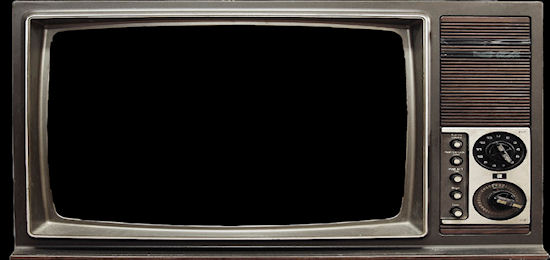Television has a long and interesting history. In addition, it has undergone a great number of changes in order to become the type of entertainment we know it to be today.
As such, there is no one inventor that can be credited for the development of modern day television. Rather, it is the result of new inventors continually improving on old ideas.
In the Beginning
The beginning roots of television can be traced back to 1862, which is when the first still images were transmitted over wires. This early invention, which was developed by Abbe Giovanna Caselli, was called the Pantelegraph. It wasn't until 14 years later, however, that George Carey began to experiment with the idea of television. His invention was called a selenium camera and it made it possible for people to see with electricity. It was during this same timeframe that Eugen Goldstein came up with the term cathode rays, which described the process of light being emitted as the result of an electric current being forced through a vacuum tube.
Inventors Find Success
In 1884, the first real successful transmission of images took place. At this time, Paul Nipkow was able to successfully send 18 lines of resolution with the help of his electric telescope. In 1900, the word "television" was used for the first time to describe this special new invention when it was demonstrated at the World's Fair in Paris. Afterward, the concept of television really took off as inventors explored different ways to develop the system.
By 1906, the first mechanical television system was invented by Boris Rosing. A year later, Rosing and another inventor by the name of Campbell Swinton each developed their own method of electronic scanning in order to reproduce images. In 1923, Vladamir Zworkin patented Swinton's invention, which was called the iconscope or an electric eye. This later became the basis of the future of television.
Television Finds its Way Into Households
In 1928, the first long distance usage of television took place when Bell Telephone and the U.S. Department of Commerce successfully transmitted from Washington D.C. to New York City. That same year, the Federal Radio Commission issued its first license for a television station to Charles Jenkins. The following year, the first television studio was opened by John Baird and Jenkins broadcast his first television commercial in 1930.
Television got a slow start at first, finding its way into just 200 homes throughout the world in 1936. By 1948, however, this number jumped to one million in the United States alone. Today, one would be hard pressed to find a home without a television - the invention has certainly come a long way in a short period of time.




